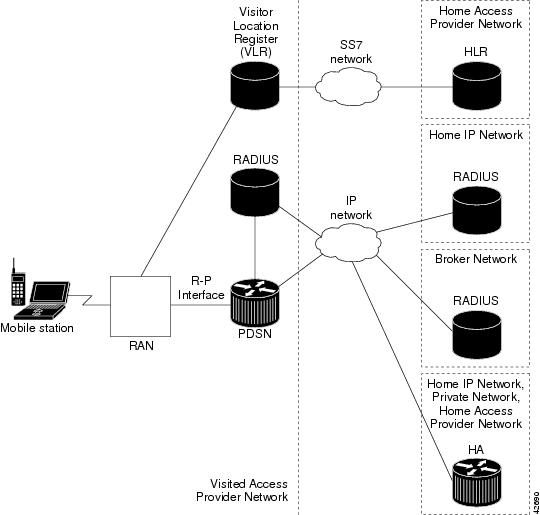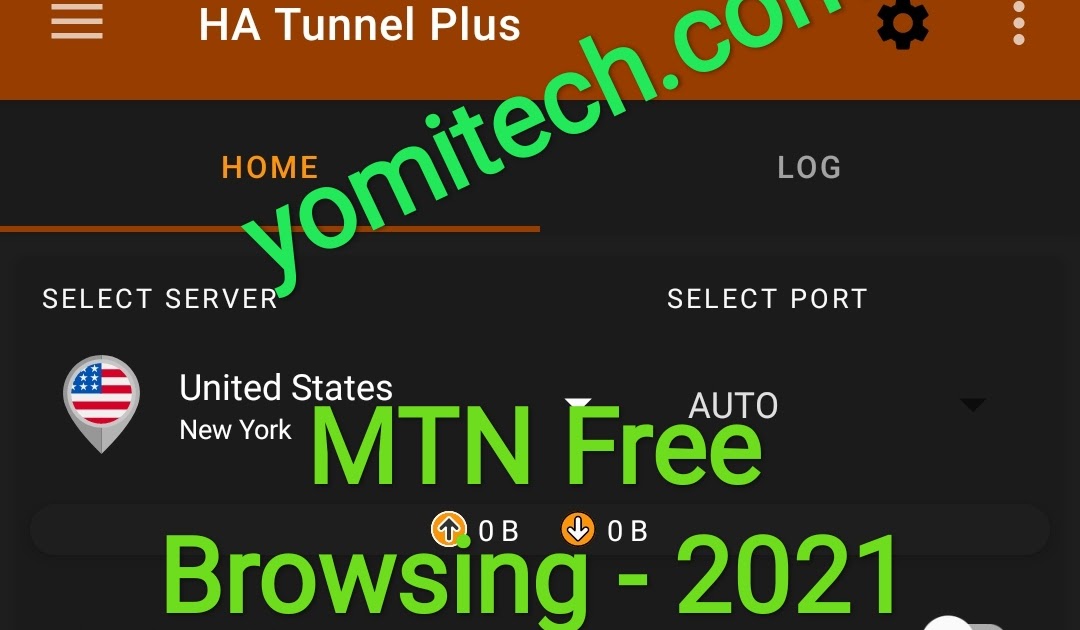

Microsoft Defender for Endpoint app is distributed to iOS/iPad devices and Android devices.Microsoft Tunnel Gateway should be installed and configured as shown in the beginning of this post.That means that the following should be in place: This post will focus on the per-app VPN specific configurations. When looking at using Microsoft Tunnel for providing per-app VPN functionality, it’s important to keep in mind that this post won’t go into the details about installing and configuring Microsoft Tunnel itself. Prerequisites for per-app VPN with Microsoft Tunnel Important: Keep in mind that Microsoft Tunnel is only available for iOS/iPadOS devices and Android devices.

This post will end by showing the user experience on iOS/iPadOS devices and on Android devices.

Those configurations slightly differ per platform. This post will start with a quick summary of what should be in place, followed by going through the important per-app VPN specific configurations. That provides a solid method for providing access to on-premises resources for only the apps that really need it. So, not simply pushing all traffice through the VPN tunnel, but only the traffic of specific apps. Per-app VPN enables organizations to only allow specifically configured apps to use the configured VPN tunnel. More specifically, this week is all about using Microsoft Tunnel for providing per-app VPN on iOS/iPadOS devices and Android devices. If you have any questions, or experience any issues while installing & setting up your iOS device to connect to the VPNTunnel servers, please contact our Support Team anytime.This week is another mobile focused blog post. Once the connection is successful the status will show as "Connected" and a VPN icon will appear at the top of the device.Īll of your online activities are now 100% secure and anonymous while connected to VPNTunnel. Swipe the button to enable your vpn connection.

Enter your VPNTunnel username and password:Įnter your username and password, (you can "Save" it to future use) and press " ADD" again.Ħ. Open the configuration file(s) from within the Mail app, and select "Copy to OpenVPN" to successfully open the file.ĥ. Open the OpenVPN configuration file on your device: The easiest way to obtain the configuration files on your iOS devices is to download the server(s)/location(s) you wish to access from the Account Area of our website here on your computer and then email them to yourself, and open them in the Mail app on your iPhone and/or iPad.ģ. Download the VPNTunnel OpenVPN configuration files: Install the OpenVPN Connect app on your device:Ģ. Modified on: Wed, 29 Aug, 2018 at 5:13 PMįollow this step-by-step guide on how to connect to VPNTunnel using OpenVPN and iOS (iPhone/iPad):ġ. Solution home VPNTunnel - Manual Configurations OpenVPN - iOS Manual Configurations VPNTunnel: OpenVPN Installation Guide for iOS


 0 kommentar(er)
0 kommentar(er)
